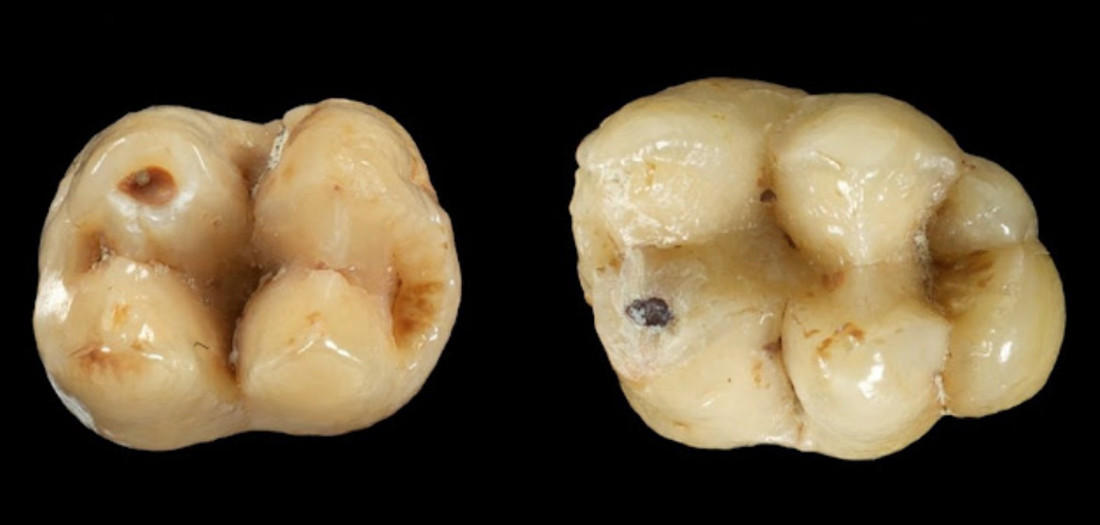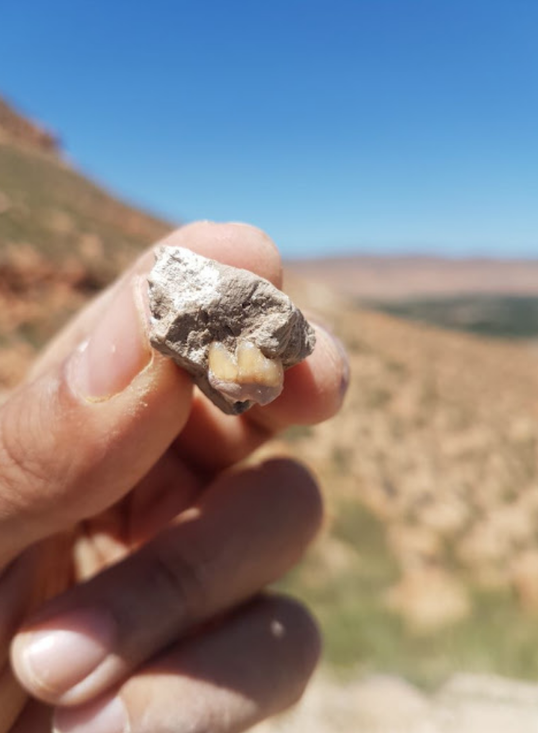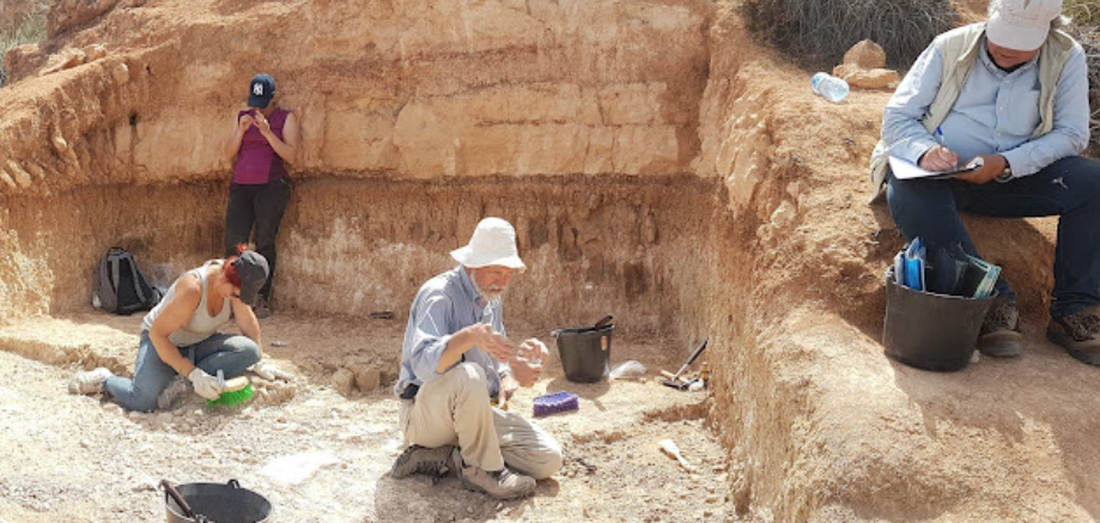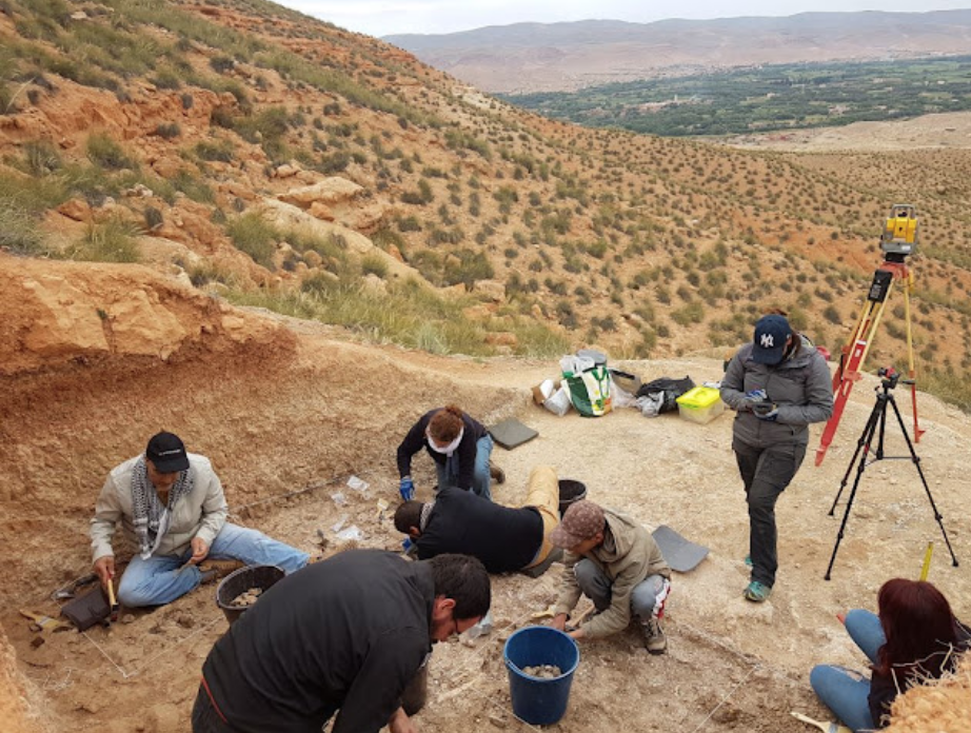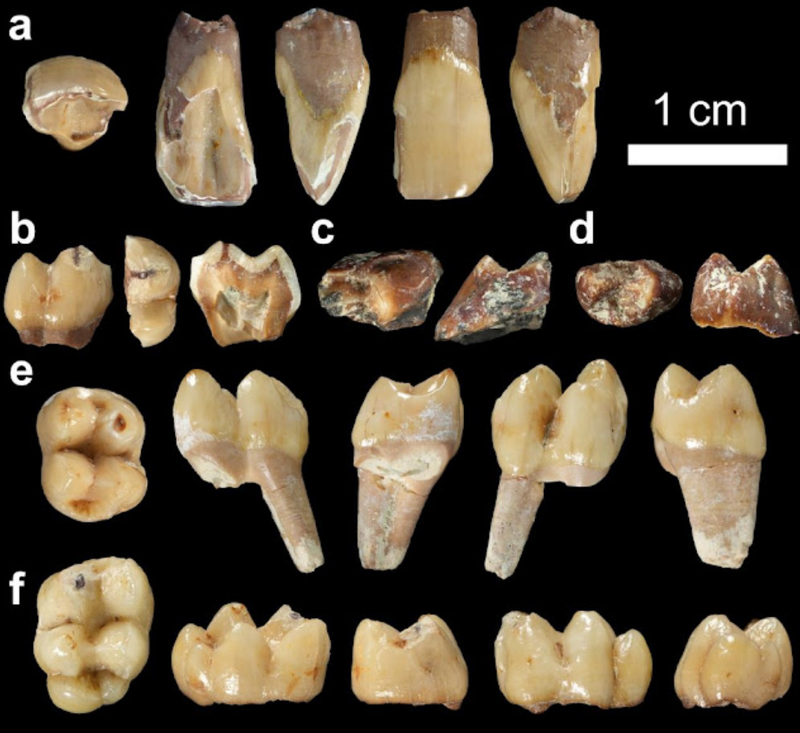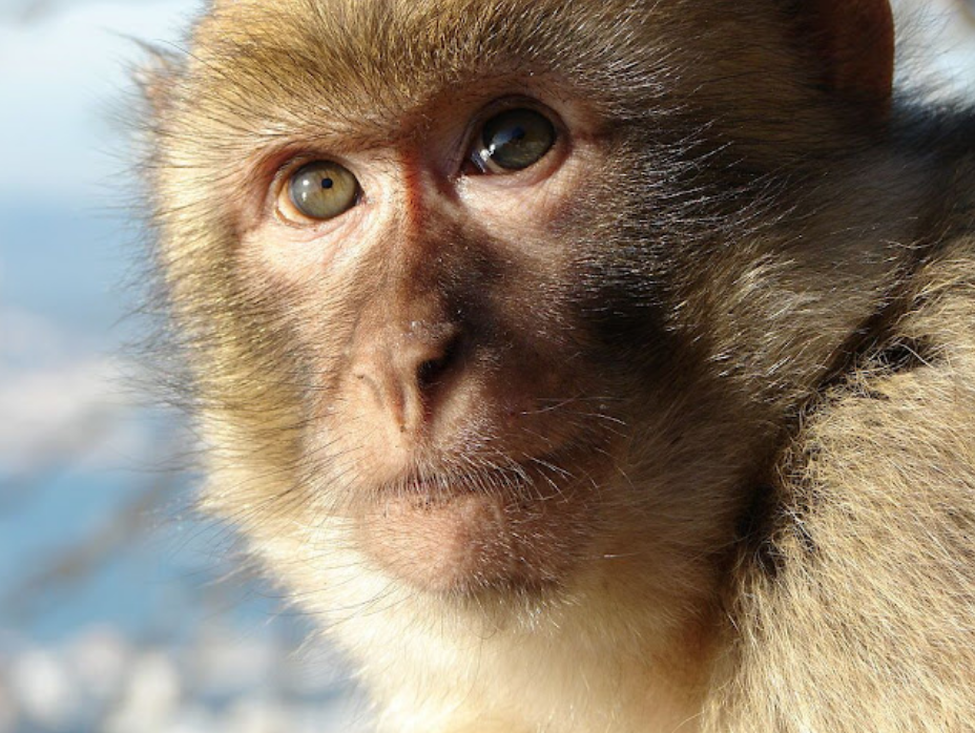NEW MACAQUE REMAINS ABOUT 2,5 MILLION YEARS OLD TO FULFIL A GAP IN THE FOSSIL RECORD HAVE BEEN DISCOVERED
The presence of macaques in northern Africa dates back to the upper Miocene, about 6-7 million years ago. Shortly thereafter (about 5,5 million years ago), first representatives are found in Europe (Spain and Italy), which migrated on during the Messinian Salinity Crisis. Now, an article published in Journal of Human Evolution and led by research staff from the Institut Català de Paleontologia Miquel Crusafont (ICP), the Institut Català de Paleoecologia Humana i Evolució Social (IPHES-CERCA), the Universitat Rovira i Virgili (URV) , the Geology Department (Science school of the Mohammed Premier de Oujda university) and the Institut National des Sciences d’Archéologie et du Patrimoine (INSAP), describes new fossil macaque remains from the Guefaït site, in northeastern Morocco, 2,5 million years old.
The fossils studied in this research consist of six cercopithecid teeth. According to their morphology, teeth were assigned to the Macaca genus. Based on the size of the teeth, researchers estimated that these macaques weighed approximately 12 kilos. Both the size and morphology of the teeth are compatible with those of the current North African species (the Barbary macaque, Macaca sylvanus), although the ascription to this species is tentative. Molecular data show that Macaca sylvanus diverged earlier than the rest of living macaques found in Asia. Guefaït’s teeth are more similar to those of the current African subspecies than to the European fossil forms. Probably, the species was present during the last 5 million years in Africa, but surprisingly there is a gap in the fossil record between 2,5 and 0,2 million years, which contrasts with the more continuous record in Europe. Our research is now partially fulfilling this gap. Future studies should clarify if this absence is due to a local extinction of this species in Africa or if it is only a matter of sampling. The research also highlights the absence of geladas in Guefaït, a genus that has already been found in Ahl al Oughlam, a Moroccan site of almost the same age. This absence could be due to insufficient sampling or could indicate a slightly earlier age for Guefaït (prior to the dispersal of the geladas to North Africa). The macaque remains that have been published are part of an ensemble recovered during fieldwork carried out in 2018 and 2019 as part of an interdisciplinary collaborative project between Spain and Morocco. This fieldwork provided more than 3,200 vertebrate fossil remains (comprising amphibians, reptiles, and small and large mammals, including elephants, rhinos and hippos, among others) from the initial Early Pleistocene, around 2,5 million years old.
The macaques (genus Macaca) are a group of Old World monkeys (Cercopithecoidea) belonging to the papionine tribe, which also includes mangabeys, baboons, mandrills, and geladas. Together with humans, macaques currently are the most widely distributed primates in the world. There are 23 living species, distributed throughout Africa and Asia. In Europe, their presence is restricted to the anecdotal Gibraltar macaques, which are the result of introductions of specimens of Barbary macaques (Macaca sylvanus) by humans. This species inhabits in the wild in North Africa, unlike while the rest of the species of this genus live in Asia. However, according to the fossil record it is known that this species has been previously distributed not only in North Africa but throughout a great part of Europe in the past. In Catalonia, around one-million-year old remains have been described from Cal Guardiola and Vallparadís (Terrassa), and Incarcal (Pla de l’Estany), among other sites. It is thought that all Pliocene European macaques belong to this species, except the insular Pliocene macaques from Sardinia (Macaca majori) and the oldest terminal Miocene remains (around 5 million years old) that have not been assigned to any species.
Research team in this research includes David M. Alba (ICP), Antonio Rodríguez-Hidalgo (UCM, IDEA, IPHES-CERCA), Hassan Aouraghe (Université Mohammed Premier, Oujda), M. Gema Chacón and Robert Sala-Ramos (IPHES-CERCA and Universitat Rovira i Virgili), and Jan van der Made (MNCN-CSIC), among others.
The research has been carried out with the support of the CERCA program (Generalitat de Catalunya) and Agencia Estatal de Investigación (Ministerio de Ciencia, Innovación y Universidades). The research project in Morocco is possible thanks to the collaboration of the Jerada government, local authorities in Aïn Beni Mathar and Guefaït and the Moroccan Institute National des Sciences de l’Archéologie et du Patrimoine (INSAP) and is funded by the Fundación Palarq , the Ministerio de Cultura y Deporte, the Ministerio de Ciencia, Innovación y Universidades, the María de Maeztu program, the Ministery of Culture and Heritage of the Kingdom of Morocco and to financial support to the research group activities (SGR) of the Generalitat de Catalunya, among others.
Paper reference
Alba, D. M., Rodríguez-Hidalgo, A., Aouraghe, H., van der Made, J., Oujaa, A., Saladié, P., Aissa, A. M., Marín, J., Farkouch, M., Lorenzo, C., Bengamra, S., Delson, E., Chacón, M.G., & Sala-Ramos, R. (2021). New macaque fossil remains from Morocco. Journal of Human Evolution. 153: 102951 DOI: 10.1016/j.jhevol.2021.102951

